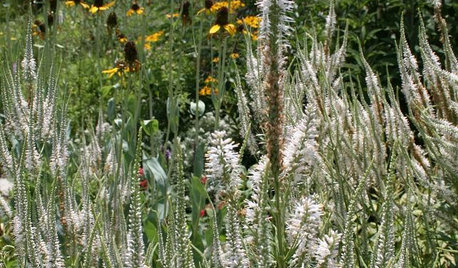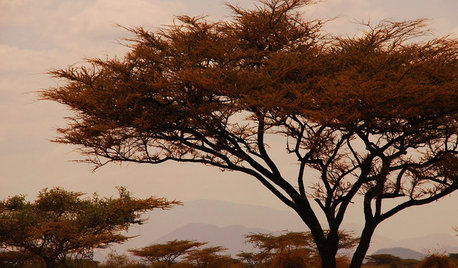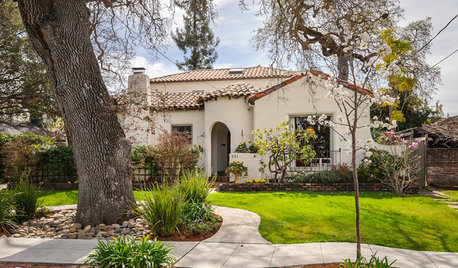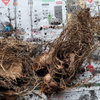Tree Roots Ruining Garden
maggie50
15 years ago
Related Stories

GARDENING GUIDESThe Beauty of Bare-Root Plants
Plant dormant trees and shrubs in fall using the easy, affordable bare-root method and enjoy beautiful results in spring
Full Story
CENTRAL PLAINS GARDENINGGreat Design Plant: Culver's Root
Spiky summer blooms beloved by butterflies and architectural interest in winter make this Midwest native plant worth featuring in the garden
Full Story
GARDENING GUIDESPlant Black Cherry Trees for the Birds and Bees
Plant Prunus serotina in the Central and Eastern U.S. for spring flowers, interesting bark and beautiful fall color
Full Story
ARTThe Beauty of Bonsai — Living Art, Rooted in Harmony
Create your own emblem of nature's balance with an art form dating back 1,000 years
Full Story
GARDENING GUIDESHow to Keep Your Trees Healthy
Ensure your trees’ vigor for years to come with these tips for protecting roots, watering effectively and more
Full Story
GARDENING GUIDESGreat Design Tree: Australian Tea Tree
A living sculpture with an unmistakable appearance, this coastal native creates an intriguing landscape scene
Full Story
LIFETracing the Deep Roots of Design
Are our design choices hardwired? Consider the lasting appeal of forms from the hunter-gatherer life
Full Story
ARCHITECTURERoots of Style: Spanish Eclectic Homes Find a Place in the Sun
Flexible stucco, intricate tiles and more have kept this multicultural style going strong for a century
Full Story
GARDENING GUIDESHow to Keep Your Citrus Trees Well Fed and Healthy
Ripe for some citrus fertilizer know-how? This mini guide will help your lemon, orange and grapefruit trees flourish
Full Story
EDIBLE GARDENSHow to Grow 10 Favorite Fruit Trees at Home
Plant a mini orchard in fall, winter or early spring to enjoy fresh-off-the-tree fruit the following year
Full Story






bonniepunch
ianna
Related Professionals
South Orange Landscape Architects & Landscape Designers · Washington Landscape Architects & Landscape Designers · Brooklyn Center Landscape Architects & Landscape Designers · Aurora Landscape Contractors · Edwardsville Landscape Contractors · Eureka Landscape Contractors · Fairfield Landscape Contractors · Forest Hills Landscape Contractors · Lady Lake Landscape Contractors · Los Banos Landscape Contractors · Middletown Landscape Contractors · New Brighton Landscape Contractors · West Orange Landscape Contractors · North Aurora Landscape Contractors · Baileys Crossroads Landscape Contractorsmaggie50Original Author
ninamarie
runningtrails
ninamarie
ianna